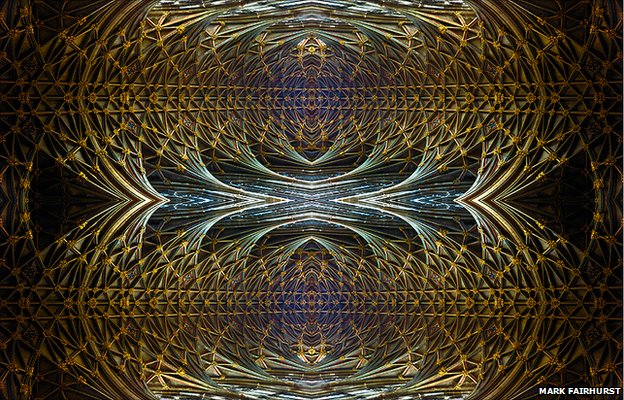Tribe is a photography exhibition currently on display at the Fox Talbot Museum, Lacock (3rd February – 20th May 2018). A group exhibition of 7 US women artists, the impetus behind the work is given its manifesto in the words of curator Lori Vrba:
We are earnest American Women of Photography walking in the footsteps of the greats who have come before us. Dorothea Lange, Imogene Cunningham, Berenice Abbott, Diane Arbus, Mary Ellen Mark, Margaret Bourke White, and Sally Mann… we honour the path you have paved and feel called to excellence because of your life’s work.
We, as women, have shared our lives intimately throughout history in the cycle of nourishment. We have instinctively supported the greater good as mothers and daughters and sisters in childbearing and caregiving. We nurse the world together. We are Tribe.
Our work is feminine without apology. We are drawn to that romantic notion of story-telling, memory, nostalgia, the natural world and family. As artists, we come together within our medium for inspiration, collaboration, postulation, and celebration. This connection provides a deep well of power that we as makers are strengthened and sustained by. It is our commitment to Tribe that not only elevates the work itself but keeps us moving to the lunar rhythms of a passionate and sensitive creative life.
It’s a strong statement, echoing the current climate of female voices in self-assertion and collective affirmation. It finds some of its resurgent energy in what is a year of remembering women’s suffrage, and in particular at the Fox Talbot Museum, a year of celebrating the work of women photographers. The group is vividly and dynamically articulating something unusually singular in what is habitually a profession of atomised, individual, art practices. It does so, unembarrassed, with a kind of lived-in (lived-through) ideology, not one dreamed in idealism and words. To my mind, this is the new stature of the feminine in the twenty-first century – less about feminist politicisation, more about feminine vocalisation. It has a greater degree of expressed reflexivity, the inherent values of womanhood (though their inherency may itself be a matter of fluidity). It touches on the ‘lunar rhythms’ that I described in my previous post.
In the exhibition, it is the value of childhood that I noticed weaving through the 40 or so works on display. Heidi Kirkpatrick’s vintage child dresses (above), with their cyanotype photographic detail, imbue cloth with an immersive, organic experience of the world – ‘Faith’ and ‘Hope’ alongside ‘Willow’ and ‘Fern’. Like the photographs on the small tiles of mahjong and dominoes, the objects themselves speak of absorption and connectivity, and the photographic is a tangible extension of this. In Heather Evans Smith’s series, works from Seen Not Heard include her daughter in portraiture whose surroundings compete with relational expression. Furnishings, bushes, and their interactions with legs and arms, are chameleon-like situations of domesticity and play. Childhood emerges enmeshed. Kirsten Hoving and Emma Powell, in contrast, are a mother and daughter whose scripting of scene turns on the abandon and adventure of a grown protagonist, Svala. This mythical heroine is at the centre of a ‘photographic fairy tale’, in which Icelandic landscape ricochets with ‘magic and metaphor’. The reverberations invoke the childish connotations of story, where purpose and self-discovery are a voice for our own stories.
Childhood through the lenses of these artists has its own way of being seen. Its qualities are not particularly soft or diffuse, but they are poetic. Photography, then, reveals its latent visionary capacity, a view of coopted, relational, even tribal, world. In such constructive hands, photographs reveal perhaps some of their more feminine traits.
Header image: Garments of Light, 2015, by Heidi Kirkpatrick. Photographed by Sheona Beaumont.



